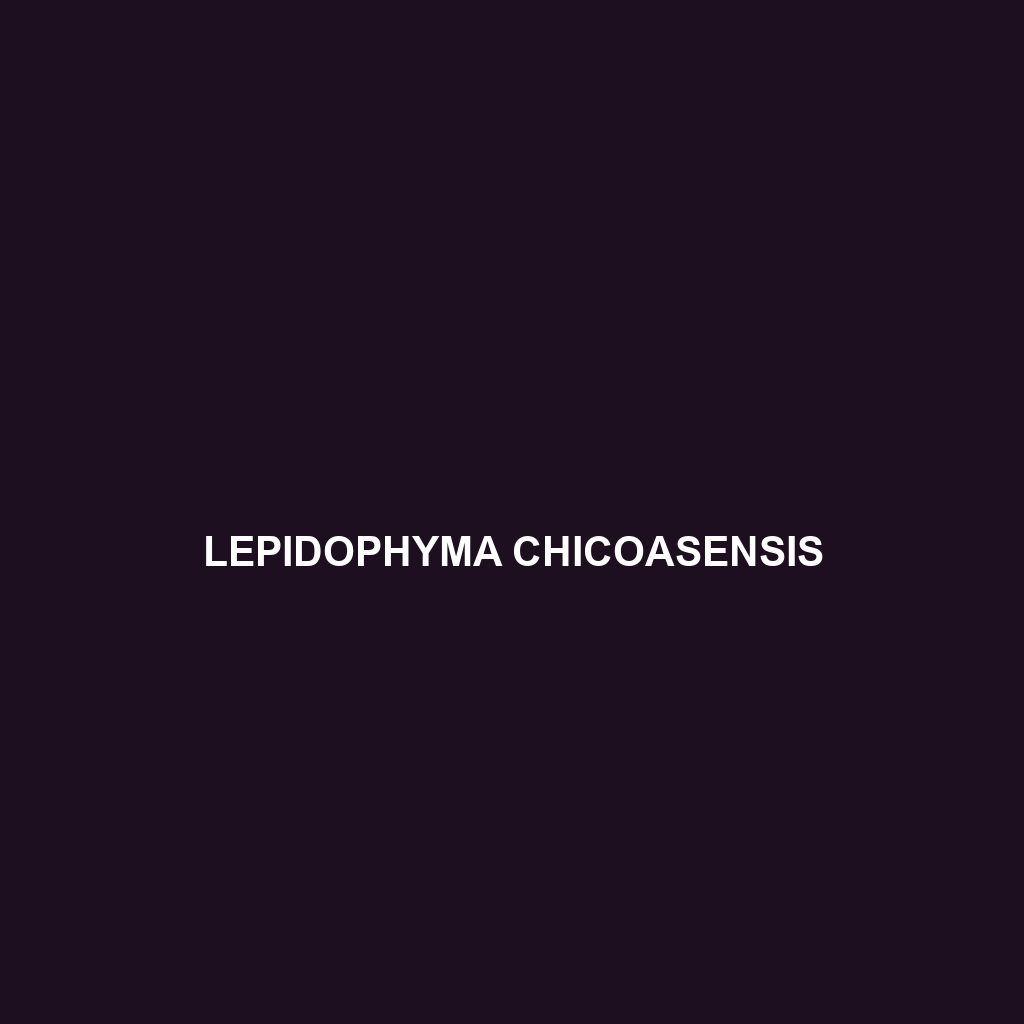The Lepidophyma chicoasensis, or Chiapas Tropical Night Lizard, is a robust, nocturnal insectivore averaging 15 to 20 cm in length, known for its distinctive dark brown to gray coloration and unique defense mechanism. Found primarily in the humid rainforests of Chiapas, Mexico, this vulnerable species plays a critical role in maintaining ecological balance by controlling insect populations.
Tag: predator and prey relationships
Laudakia agrorensis
Laudakia agrorensis, commonly known as the Agror lizard, is a diurnal omnivore found in the rugged mountain regions of Central Asia, exhibiting striking coloration and a robust body that aids in camouflage. This species thrives in arid habitats and is known for its climbing abilities, unique social behaviors, and role in controlling insect populations within its ecosystem.
Epictia alfredschmidti
<p><b>Epictia alfredschmidti</b> is a small, nocturnal snake native to the rainforests and dry forests of Central and South America, characterized by its slender body, smooth scales, and a diet primarily consisting of insects. This species plays a vital role in its ecosystem by controlling insect populations and contributing to soil health through its burrowing behavior.</p>
Cacophis churchilli
Discover the Cacophis churchilli, or Churchill's Cacophis, a medium-sized snake native to northeastern Australia, characterized by its vibrant markings and nocturnal hunting behavior. Thriving in tropical forests, this agile predator plays a vital role in maintaining ecological balance while exhibiting unique camouflage and climbing skills.
Anolis bimaculatus
<p>Discover the <b>Anolis bimaculatus</b>, or two-spotted anole, a vibrant green lizard found in the tropical forests of <b>Central America</b>, known for its distinctive two light-colored spots, exceptional climbing abilities, and a diet primarily consisting of insects. This diurnal species plays a vital role in its ecosystem by controlling insect populations and serving as prey for larger predators.</p>




